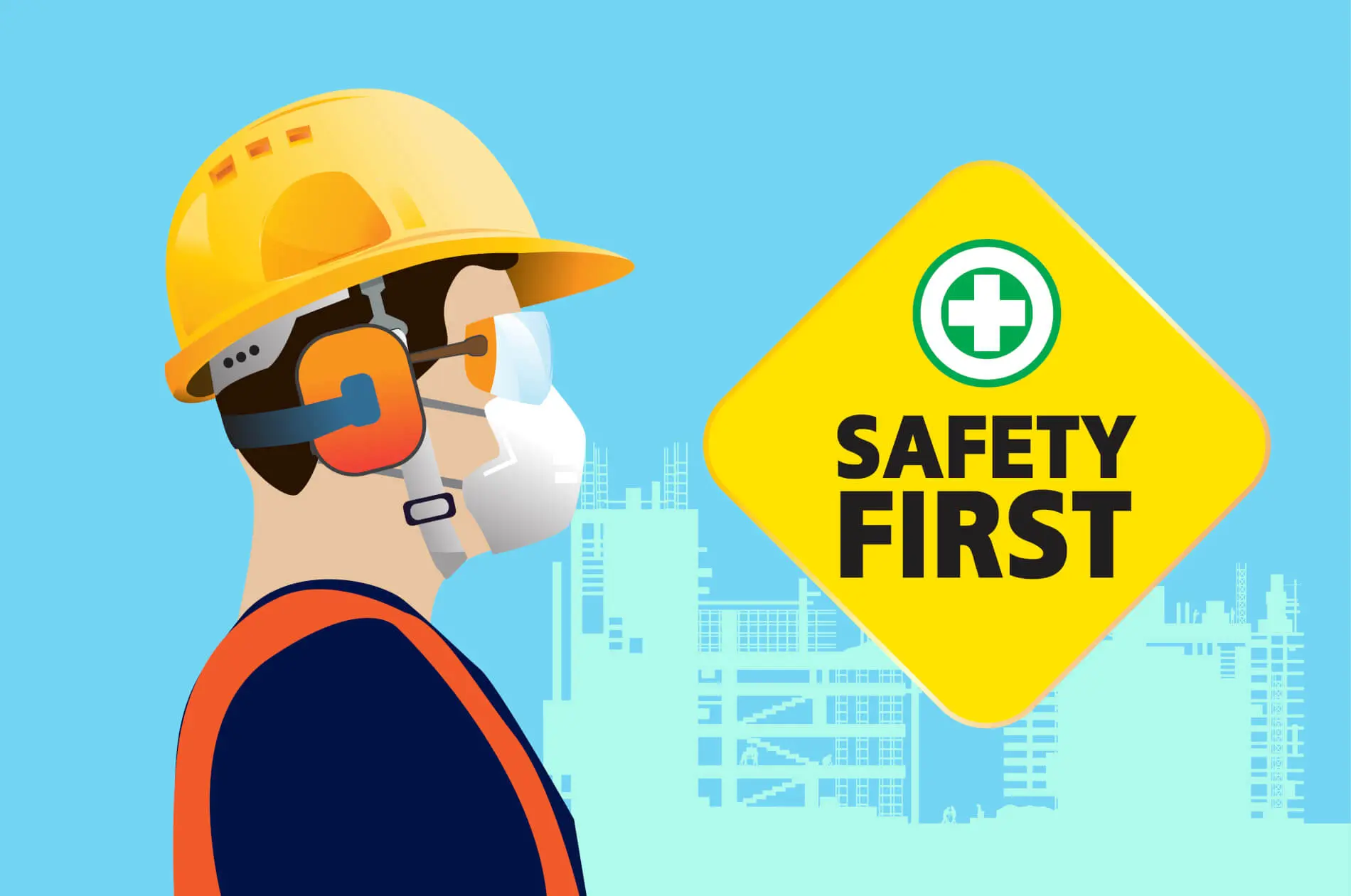Building Safety Audits: What You Need to Know
Building safety is paramount for protecting lives, ensuring legal compliance, and maintaining property value. A building safety audit is a comprehensive process designed to assess the safety and structural integrity of a building. It helps identify potential risks, compliance issues, and areas requiring improvement. Whether you own, manage, or reside in a building, understanding the importance and process of safety audits can safeguard against unforeseen hazards. Here’s what you need to know:
- What Is a Building Safety Audit?
A building safety audit is an in-depth evaluation of a property to ensure it adheres to safety standards and regulations. The process examines various aspects, including:
- Structural Integrity: Identifying cracks, corrosion, or weaknesses in the foundation, walls, and roof.
- Electrical Systems: Checking for faulty wiring, overloaded circuits, and compliance with electrical codes.
- Fire Safety: Assessing fire exits, extinguishers, alarms, and sprinkler systems.
- Plumbing: Evaluating pipes, drainage systems, and water supply for leaks or blockages.
- Elevators and Escalators: Ensuring operational safety and maintenance.
- Why Are Safety Audits Necessary?
- Preventing Accidents
Timely identification of hazards such as structural weaknesses, electrical faults, or fire risks helps prevent accidents and saves lives.
- Legal Compliance
Building codes and regulations mandate regular safety audits to ensure public safety. Non-compliance can result in hefty fines or legal action.
- Prolonging Building Lifespan
Addressing safety concerns early can prevent long-term damage, thus extending the life of the building.
- Enhancing Occupant Confidence
A safe building instills trust and peace of mind among residents, employees, and visitors.
- Key Components of a Building Safety Audit
- Documentation Review
Auditors review construction blueprints, past maintenance records, and previous safety reports to understand the building’s history.
- On-Site Inspection
Physical inspections cover:
- Structural components such as beams, columns, and roofs.
- Safety equipment, including fire extinguishers, smoke detectors, and emergency lighting.
- Accessibility features like ramps and handrails for compliance with disability norms.
- Risk Assessment
Auditors evaluate potential risks, such as:
- Fire hazards
- Structural vulnerabilities
- Electrical malfunctions
- Recommendations
The audit concludes with a detailed report outlining identified issues and actionable solutions to enhance safety.
- Who Conducts a Building Safety Audit?
Building safety audits should be conducted by certified professionals, such as:
- Structural engineers
- Fire safety experts
- Licensed electricians
- Environmental consultants
Their expertise ensures a thorough and accurate evaluation.
- When Should a Building Safety Audit Be Conducted?
- Regular Intervals: Most regulations recommend annual or bi-annual audits.
- After Natural Disasters: Earthquakes, floods, or storms can compromise building safety.
- Before Major Renovations: Audits ensure planned modifications align with safety standards.
- Before Property Transactions: Safety audits provide transparency and build buyer confidence.
- Benefits of Conducting a Safety Audit
- Proactive Risk Management: Identifying and addressing risks before they escalate.
- Cost Savings: Avoiding costly repairs and legal penalties.
- Improved Resale Value: Safe buildings are more appealing to buyers and tenants.
- Enhanced Reputation: Demonstrating a commitment to safety boosts trust and credibility.
- Challenges in Building Safety Audits
- Access Issues
Certain areas may be hard to reach, requiring advanced tools or equipment.
- Lack of Historical Data
Incomplete or missing records can hinder thorough analysis.
- Cost Concerns
While audits require an upfront investment, their long-term benefits outweigh the costs.
- Steps to Prepare for a Building Safety Audit
- Gather all relevant documents, including blueprints and maintenance records.
- Notify occupants about the audit schedule to minimize disruptions.
- Ensure access to all areas of the building, including rooftops and basements.
- Address minor issues beforehand to streamline the audit process.
Conclusion
A building safety audit is not just a regulatory requirement—it’s a critical investment in the safety, longevity, and value of your property. By conducting regular audits and addressing identified risks promptly, you can protect lives, ensure compliance, and enhance the overall quality of your building. Don’t wait for an incident to highlight vulnerabilities; make safety a priority today.

